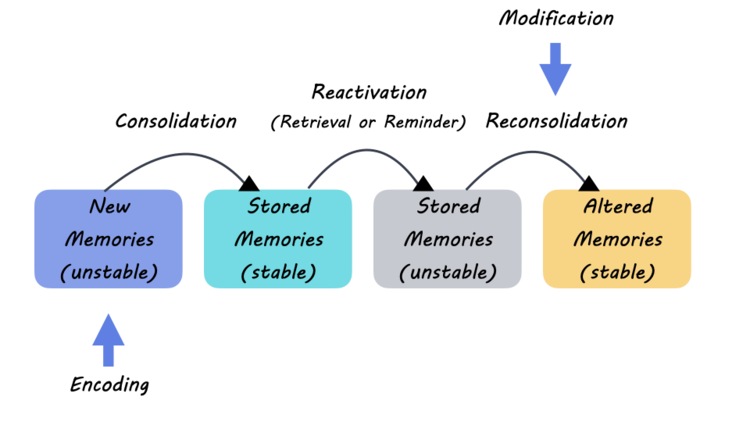Recent advancements have brought TIM-3 Alzheimer’s treatment to the forefront of neurodegenerative disease research, offering a glimmer of hope for millions affected by Alzheimer’s disease. This innovative approach utilizes the body’s immune system therapy, particularly targeting the TIM-3 checkpoint molecule, to enhance memory and cognitive function. By freeing microglia—brain immune cells—to clear harmful plaques and reduce brain inflammation, researchers are witnessing significant improvements in test subjects. The potential for cognitive improvement through the modulation of TIM-3 represents a groundbreaking development in the quest to combat Alzheimer’s. As scientists continue to explore this promising treatment, the future holds hope for better management of this devastating illness.
Exploring innovative strategies in the realm of Alzheimer’s care, TIM-3 Alzheimer’s treatment harnesses immune system mechanisms previously successful in cancer therapies. The TIM-3 molecule plays a crucial role in regulating the brain’s immune response, specifically influencing microglial activity that is vital for managing plaque buildup. By inhibiting this checkpoint molecule, researchers aim to rejuvenate the brain’s natural defenses and restore cognitive function. This approach not only targets brain inflammation but also enhances the body’s ability to reclaim lost memories, offering a promising avenue for therapeutic intervention. As the study of TIM-3 progresses, it deepens our understanding of Alzheimer’s and opens doors to novel treatments that may redefine how we combat this challenging disease.
Understanding TIM-3 in Alzheimer’s Disease Treatment
The TIM-3 molecule, or T-cell immunoglobulin mucin 3, has emerged as a significant target in Alzheimer’s disease research, particularly due to its role in modulating microglial behavior. Microglia serve as the primary immune cells in the brain, and their dysfunction is strongly correlated with the pathology of Alzheimer’s. Studies have shown that TIM-3 is upregulated in patients with Alzheimer’s, leading to an inhibited response of microglia against amyloid plaques. By genetically deleting the TIM-3 gene in mice, researchers have observed not only an increase in plaque clearance but also an improvement in cognitive function, suggesting that targeting TIM-3 could be a promising avenue for therapeutic intervention.
In the context of Alzheimer’s, manipulating TIM-3 expression has the potential to change the narrative around plaque accumulation in the brain. Research indicates that when TIM-3 expression is reduced, microglia are liberated from their inhibiting state and can effectively engage and clear these harmful deposits. This research aligns with immune system therapy strategies that have shown promise in oncology, paving the way for innovative approaches in Alzheimer’s treatment. Targeting TIM-3 could therefore not only contribute to a reduction in brain inflammation associated with amyloid beta but also foster an environment conducive to cognitive improvement.
Frequently Asked Questions
What is TIM-3 and how does it relate to Alzheimer’s disease treatment?
TIM-3 is an immune checkpoint molecule that inhibits the activation of microglia, the brain’s immune cells. In Alzheimer’s disease, TIM-3 prevents microglia from clearing amyloid plaques that contribute to cognitive decline. Research suggests that inhibiting TIM-3 may restore microglial function, offering a novel therapeutic approach to Alzheimer’s treatment.
How does TIM-3 affect microglia in Alzheimer’s disease?
In Alzheimer’s disease, TIM-3 is highly expressed in activated microglia, restricting their ability to attack and clear harmful amyloid plaques. By targeting TIM-3, therapies aim to enhance microglial activity, potentially leading to reduced brain inflammation and cognitive improvement.
What are the potential benefits of TIM-3 therapy for Alzheimer’s patients?
TIM-3 therapy could potentially enhance the clearance of amyloid plaques in Alzheimer’s patients, leading to reduced brain inflammation and cognitive improvement. By repurposing existing anti-TIM-3 antibodies, new treatment options may emerge for combating Alzheimer’s disease.
What role do microglia play in Alzheimer’s disease and how is TIM-3 involved?
Microglia are critical for maintaining brain health, as they clear out plaques and debris. In Alzheimer’s, high levels of TIM-3 inhibit microglia from functioning effectively, preventing them from removing amyloid plaques, which leads to cognitive decline. Targeting TIM-3 could rejuvenate microglial function.
What types of treatments involve TIM-3 for Alzheimer’s disease?
Treatments involving TIM-3 for Alzheimer’s disease may include anti-TIM-3 antibodies or small molecules specifically designed to block TIM-3’s inhibitory effect. These therapies aim to enhance microglial activity, facilitating the clearance of amyloid plaques from the brain.
How does TIM-3 influence brain inflammation in Alzheimer’s disease?
In Alzheimer’s disease, TIM-3 serves as a checkpoint molecule that contributes to brain inflammation by inhibiting microglial activation. This dysfunction prevents the immune cells from clearing amyloid plaques, exacerbating inflammation and cognitive decline. Targeting TIM-3 could reduce inflammation and improve cognitive outcomes.
What is the significance of TIM-3 polymorphisms in Alzheimer’s disease?
TIM-3 polymorphisms, particularly the HAVCR2 gene variants, are associated with an increased risk of late-onset Alzheimer’s disease. These genetic variations can lead to higher TIM-3 expression on microglia, which impairs their ability to clear amyloid plaques, thus influencing disease progression and treatment strategies.
Can TIM-3 therapy reverse cognitive decline in Alzheimer’s patients?
While TIM-3 therapy has shown promising results in mouse models by improving cognitive function through enhanced plaque clearance, further research is needed to determine its effectiveness in humans. Advances in TIM-3 therapy may lead to significant improvements in cognitive decline associated with Alzheimer’s disease.
| Key Point | Description |
|---|---|
| TIM-3 Mutation | The TIM-3 gene is linked to late-onset Alzheimer’s disease and serves as a genetic risk factor. |
| Microglia Function | Microglia are the immune cells of the brain that help clear amyloid plaques but are inhibited by TIM-3. |
| Treatment Mechanism | Blocking TIM-3 can enhance microglial activity, allowing them to clear plaques and improve memory in Alzheimer’s. |
| Animal Studies | Studies on genetically modified mice showed that deleting TIM-3 led to significant plaque reduction and cognitive improvement. |
| Potential Therapy | Ideas for future treatment involve using anti-TIM-3 antibodies to hinder the inhibitory function of TIM-3. |
| Research Collaboration | The study was a collaborative effort between researchers at Harvard Medical School and involved about six team members. |
Summary
TIM-3 Alzheimer’s treatment is showing promise as a potential strategy against Alzheimer’s disease by repurposing an immune checkpoint blocking mechanism that has been effective in cancer therapy. Recent studies reveal that inhibiting the TIM-3 molecule can revitalize microglial functions to effectively clear harmful amyloid plaques from the brain, thereby enhancing cognitive functions in Alzheimer’s models. As research continues and progresses towards clinical trials, this innovative approach may pave the way for new and effective therapies in treating Alzheimer’s disease.



